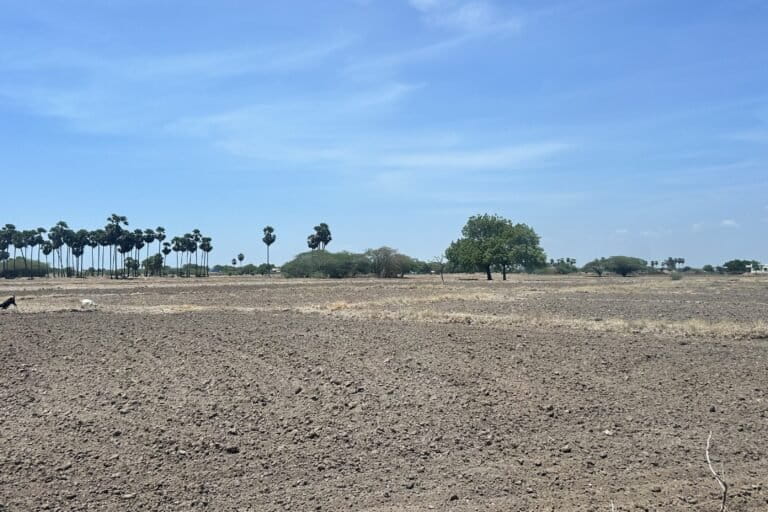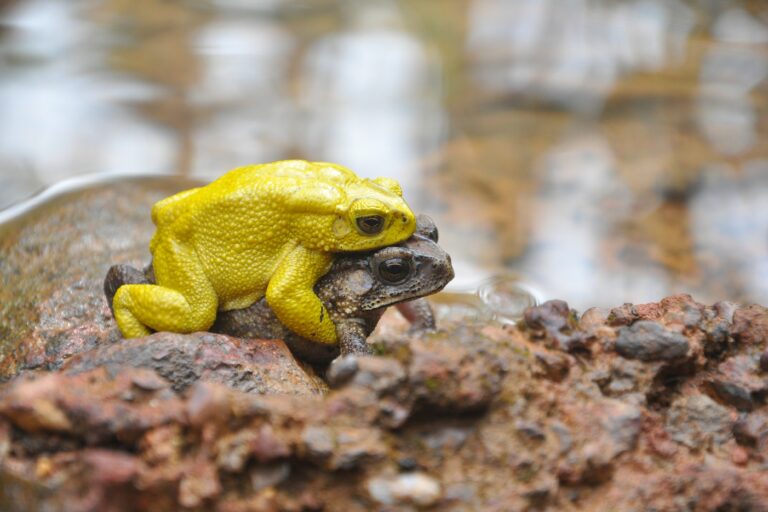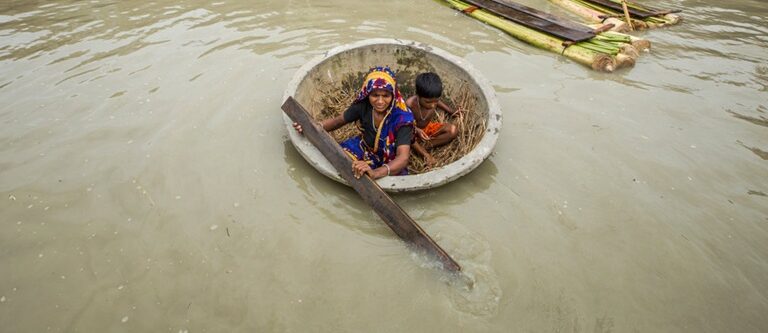- In the upcoming CITES meeting in May, some Asian countries including India, will propose a ban on international commercial trade of two species of otters.
- The populations of the Asian small-clawerd otter and smooth-coated otter are on a decline. Poaching, conflict with fishers and polluted waters are some of the threats to their lives.
- In his commentary, Gopakumar Marayil, makes a case for saving the otter and its habitats, which in turn would pay off with pure water, less erosion and a diversity of marine life.
When wildlife and forest specialists will meet in Colombo this May, at the 18th Conference of the Parties (CoP) to the Convention on International Trade in Endangered Species of Wild Fauna and Flora (CITES), India, along with Bangladesh and Philippines, will press to ban all international commercial trade in two species of otters – the reclusive, largely-nocturnal Asian small-clawed otter and the easier-to-spot-yet-equally-shy smooth-coated otter. The countries will be essentially seeking that these species be listed under Appendix I, which includes species threatened with extinction, from the current listing at Appendix II.
This is an acknowledgment of a grim reality: the populations of both these species are declining precipitously. To the (regrettably) few individuals and groups working to conserve otters in India, this move to upgrade protection status is therefore very welcome.
Otters are marvellous creatures and immensely likable. As mammals that live in packs (called ‘romps’), they usually inhabit streams and rivers, with the sea otter being an exception. The Asian small-clawed otter is the smallest of the thirteen species in the world and inhabits small streams or the headwater regions of rivers in higher elevations, subsisting on crabs and molluscs. Its presence in these extraordinarily fragile ecologies has been reported primarily along the Western Ghats in South India, with the odd-report from the north-east and Odisha.

What we know of their behaviour in the wild is excruciatingly little as they seem to be both nocturnal and crepuscular (active in twilight). Conservationists rely primarily on studying their spraint (scat) and paw-prints to determine the presence and abundance of this species. Yet, what we can surmise from this limited range of study is that the occurrence of the species seems to be significantly affected by the state of its habitat; herein lies the problem. For, the streams and river-headwaters in the Western Ghats are being increasingly poisoned by pesticide and fertiliser leachate that must surely be poisoning crabs and other prey for this extraordinary little animal.
On either side of the Brahmagiris range, for instance, we have noticed contrasting methods of agriculture: in Wayanad, on the Kerala side, there is intense chemical-centric agriculture along the streams and human activity and the small-clawed otter’s presence is sparse, with populations of these otters seeking refuge closer to forest areas or intact riparian buffers. In South Kodagu, where the riparian buffer along the streams is, in general, better preserved and the usage of pesticides is moderate and seasonal, the small-clawed otter seems to be doing better as well. Protecting their habitat – riparian forests and streams – is the best way to protect the future of this species and this has immense benefit for us too, for it is known that the headwaters of a river are their most vital ecological stretches. The payoff? Pure water, less erosion and a stunning diversity of flora and fish.
The most difficult issue here is that there is no law that protects these riparian buffers from damage and persuading farmers to leave the habitat of the small-clawed otter alone is a tough, often hopeless, task. The silver lining – if indeed it is an appropriate phrase – is that the Asian small-clawed otter isn’t hunted for meat or skin, except by the odd opportunist.
The smooth-coated otter is not as fortunate. This species occurs in the mid and lower parts of rivers, often being seen even in estuaries, is active in the day and fascinating to watch as they dive energetically and resurface repeatedly, often with fish in their mouths or play on sandbanks in the middle of a river, rolling, rubbing against each other, dropping into the water and clambering back, all as a part of an intricate set of bonding games. Otter mothers are rather strict and teach their wards well, for the pup is an expert swimmer when just a couple of months old.

Across the length of those of India’s rivers that still harbour this species, they are in deep trouble – and we are only now getting an idea of the magnitude of the crisis. Smooth-coated otters are prized for their furs, and, until a few years ago, were trapped, killed brutally (generally, by a blow on their heads) and then trafficked to China and other markets. TRAFFIC, the international wildlife trade monitoring network, estimates that between 1980 and 2015, 2,949 illegal otter pelts were confiscated in India alone and a significant number were, possibly, smooth coated otters given their desirability. As an aside, India’s enforcement seems better than other countries in Asia: we had the most reported otter seizures, with a total of 88 between 1980 and 2015, representing 52.7 percent of all recorded seizures, according to a TRAFFIC report from 2016.
This number – 2,949 – is startling because nobody has an idea of the number of smooth-coated otters in India, but, with some understanding of their occupancy, range and territorial behaviour, we know that there are very few otters in the wild: our survey of about half the length of a river in south Maharashtra, for instance, turned up just about 4 romps of otters, an estimated 15 to 17 individuals.
Yet, poaching is just one threat; fishers dislike otters because they pick fish off the nets and, in the process, damage the netting – many fishers would kill them, particularly the pups (and, indeed, have done so). Usage of dynamite to poach fish is another pernicious threat to all river wildlife and there are a number of stories shared by fishers of dead otters, crocodiles and turtles surfacing after an explosion. In late 2018, for instance, once the flood waters along the Cauvery had receded, the dynamiting began and, at present, continues unabated. The men who do this aren’t traditional fishers generally, but opportunistic and are utterly unmindful of the personal risks of their enterprise; loss of limbs and deaths from dynamiting-for-fish are hardly uncommon.
Dealing with these are tough, for otters are hardly high on anyone’s agenda and response on multiple fronts is needed – involving the police, the fisheries and the forest departments while engaging with traditional fishers who are the principal stakeholders in the fisher-otter conflict. And, as if all of these threats weren’t bad enough, there’s the polluted condition of India’s rivers too, which is a pernicious, systemic threat.
Yet to otter fans, these are battles to be fought, for the animal inspires us with its charm, skill and intelligence. Its future hangs by a thread and we must recognise that it is the same thread that holds our future too.

[The author is the co-founder of the Nityata River Otter Conservancy which primarily works on river habitat and otter conservation].
Banner image: An otter in the Cauvery Wildlife Sanctuary. Photo by Joshua Barton.
Read more: How the elusive otter has made its home in Goa’s mangroves














